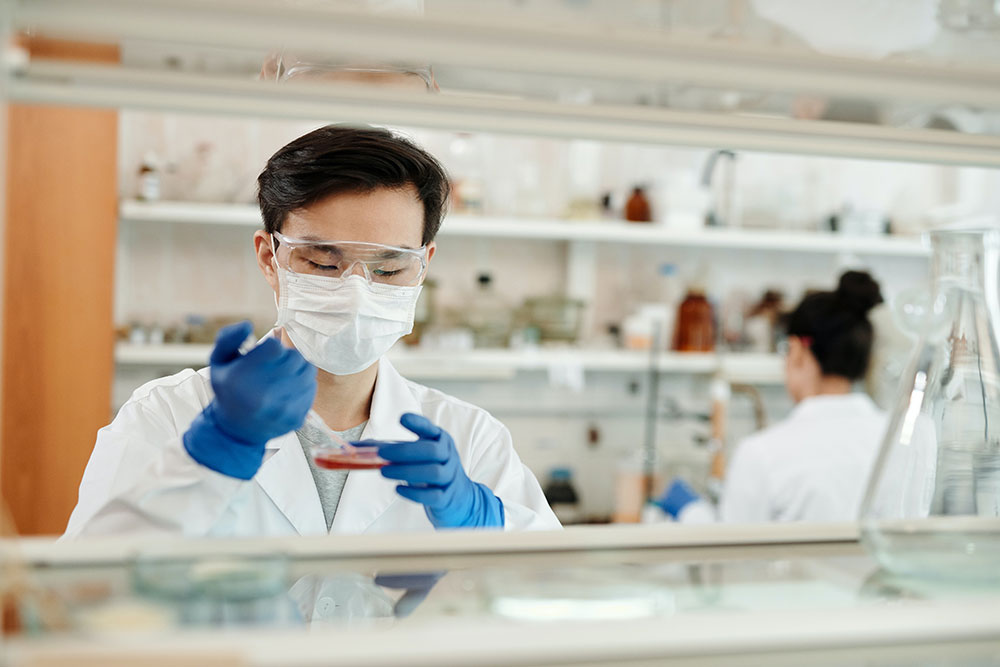Introduction
Biotics and the life sciences in general are challenging operating environments. With constant moisture, high humidity, extreme heat, freezing temperatures, and ultraviolet (UV) light, the atmosphere is not forgiving of design errors. Developing a well-executed biology lab requires extensive planning to reduce lab risks and optimize operations.
Plan Your Lab Layout Before Construction Begins
A general layout of your lab space is critical for success. For example, you must make sure adequate space exists for equipment, workstations, and storage. You should also make sure there are plenty of electrical outlets, fluorescent lighting, and access to water, air, and drainage.
With these considerations in mind, you can begin to map out the dimensions of your space before construction begins. You can also use this layout to create a floor plan for your space. This can help you identify potential problems early and give you a better idea of how your space will look when it’s complete.
As part of your layout planning, you should also consider any existing infrastructure in your building. Many labs are constructed on top of existing infrastructure, such as an existing floor, ductwork, or conduit. Once you’ve mapped out your layout, you’ll want to create a floor plan that includes dimensions, such as height, length, width, and depth.
Vary Ramps, Stairs, & Treads For Efficiency And Convenience
One design challenge for biological labs is the need for both vertical and horizontal movement of workers. Vertical movement can be necessary for access to equipment or to move between workstations and storage areas. Horizontal movement is required to reach electrical outlets and fluorescent lighting.
Unfortunately, these needs often come at the expense of efficiency and convenience. For example, some labs have excessively steep ramps to increase the usable floor area. In these cases, a small section of the ramp is provided as a walkway and the remainder remains unassigned and unused.
Dry & Ventilated Areas For Storing Waste
If you’re designing a lab for routine operations and (relatively) small amounts of material, it may be possible to store waste in dry areas. Depending on your lab operations and the volume of waste being generated, this may be feasible. As a general rule, however, all lab waste must be kept wet or it will become contaminated and unusable.
Contamination can occur if waste materials remain wet for too long or are not quickly rinsed with clean water. To reduce the risk of waste-contaminating areas, the area itself should be dry. Areas with standing water, such as the corners of your lab space, are particularly risky.
Provide Good Airflow To Prevent Bacterial Growth
Bacteria do not like high humidity. Therefore, you should use humidifiers as little as possible and only when necessary. Wicking air filters are also a great option for lab humidifiers, as they provide stable air without requiring constant maintenance. As with wet areas, high humidity should be avoided in your lab space.
Don’t Over-Humidify Or Overexpose To UV Light
Bacteria are also vulnerable to ultraviolet (UV) light. Therefore, it is important to avoid placing highly fluorescent or UV-sensitive materials in high-humidity areas. The amount of UV light in an environment depends on several factors. These include the thickness of the material, the angle of the light source, and the thickness of the material itself.






